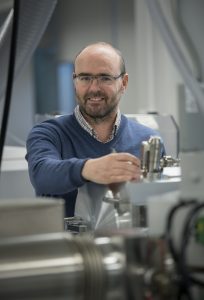Discovering a diamond mine and estimating its true value are two of the greatest challenges in diamond exploration. Because diamonds are extremely rare minerals, scientists use so-called ‘indicator minerals’ to value the deposits, which can be worth up to $50 billion in a single deposit.
Graham Pearson, one of the world’s best-known geochemists, talks about how a diamond mine is discovered and the methods used to explore in different locations, from equatorial jungles and deserts to Arctic regions. In dialogue with the guest speaker will be Fabrizio Nestola, Geochemistry Fellow 2024, who, together with him, identified a very water-rich mineralogical inclusion within a diamond in 2014, providing new data on the true water content of our planet.
The meeting includes a translation into Italian of the speech given in English; participation is free of charge with prior booking and does not include entrance to the Museum.
Graham Pearson, whose research focuses on the origin and evolution of the lithospheric mantle, and his research group have developed innovative experimental methods for dating diamonds. A leading expert on kimberlites, the rocks that transport diamonds from great depths to the Earth’s surface, Pearson graduated from Imperial College London and received his PhD from the University of Leeds (UK). He then spent three years as a post-doctoral fellow at the Carnegie Institute for Science in Washington, USA, before becoming Professor of Geochemistry and Director of the Department of Earth Sciences at the University of Durham, UK. In 2010, he was awarded the Canada Excellence Research Chair at the University of Alberta in Edmonton, Canada. Winner of numerous awards, he recently became a Fellow of the Royal Society (UK).



